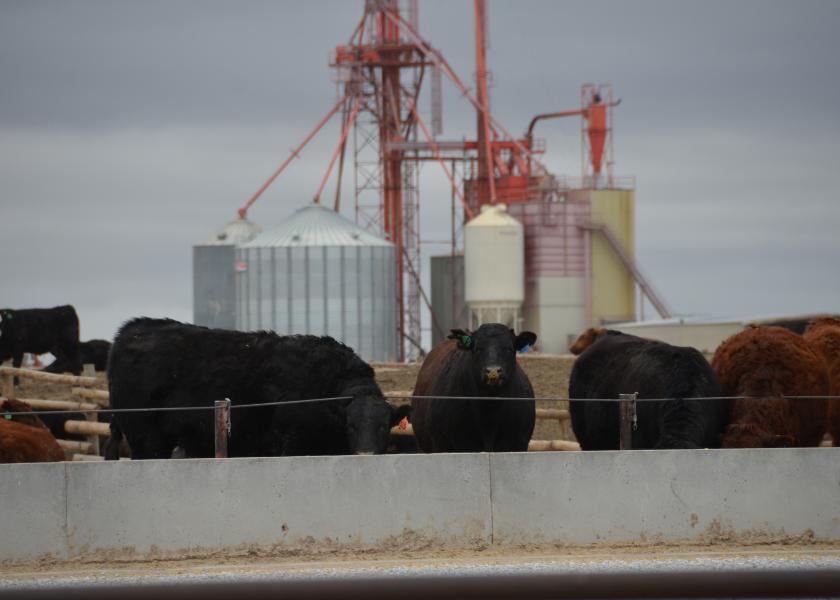Profit Tracker: Feedyards Remain In The Black

Despite an average $1 decline in cash fed cattle prices last week, cattle feeding margins remained solidly profitable. Cattle feeders saw average profits of $137 per head for the week ended Jan. 17, 2020, down just $9 per head from the previous week.
Beef packer margins improved $27 per head to an average of $53, the second lowest packer margin in nearly two years, according to the Sterling Beef Profit Tracker. Beef packer margins have declined 50% over the past month.
The packer/feeder margin spread for the week ending Jan. 17 narrowed to $84 per head in favor of feedyards. The packer/feeder margin spread reached a record high the week ending September 13, 2019, about a month after the Tyson fire. That week saw the packer/feeder margin spread reach $618 per head, in favor of packers, as cattle feeders lost $203 per head and beef packers saw profits of $415 per head.
The difference between the $618 advantage for packers in September and the $84 advantage for feedyards last week represents a $702 swing in the packer/feeder margin spread over the past four months.
A year ago cattle feeders found profits of $83 per head on closeouts the third week in January, while packers saw profits of $53, for a spread of $30 in the feeders’ favor.
(Note: The Beef and Pork Profit Trackers are intended only as a benchmark for the average cash costs of feeding cattle and hogs.)
Feeder cattle represent 72% of the cost of finishing a steer compared to 72% a year ago.
The Beef and Pork Profit Trackers are calculated by Sterling Marketing Inc., Vale, Ore.
Farrow-to-finish pork producers saw their margins decline $1 per head, putting losses at $12 per head. Lean carcass prices traded at $53.27 per cwt., $0.28 per cwt. better than the previous week. A year ago pork producers were losing $11 per head. Pork packers saw average profits of $37 per head, an increase of $2 per head from the previous week.
Sterling Marketing president John Nalivka said cash profit margins for cow-calf producers in 2019 averaged $114 per cow. That would be 30% lower compared to the $162 estimated average profit for 2018. Estimated average cow-calf margins were $164 in 2017, $176 in 2016, and $438 per cow in 2015.
For feedyards, Nalivka calculated an average profit of $39 per head in 2019, which would be $15 better than the average of $24 per head in 2018. Nalivka said packer margins averaged about $217 per head in 2019.
Related stories:







